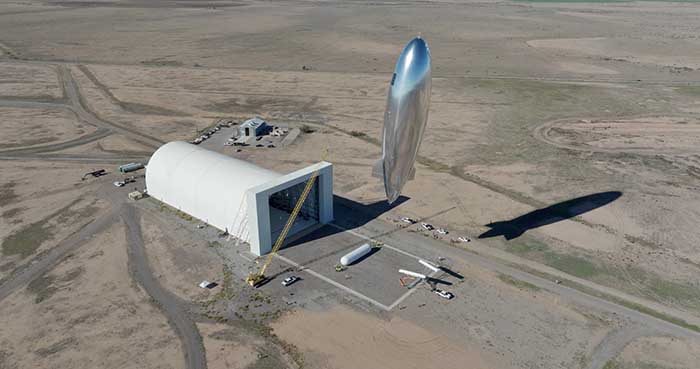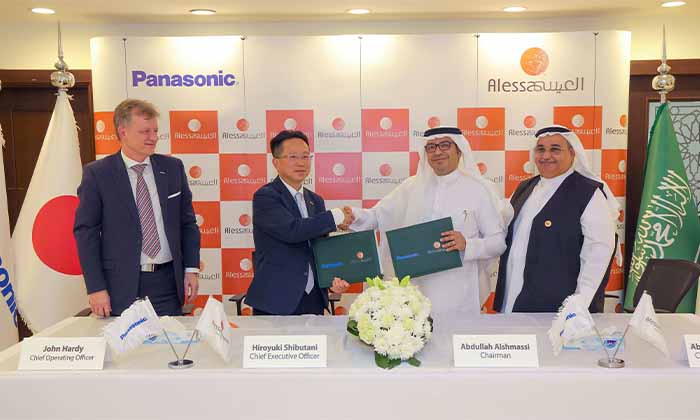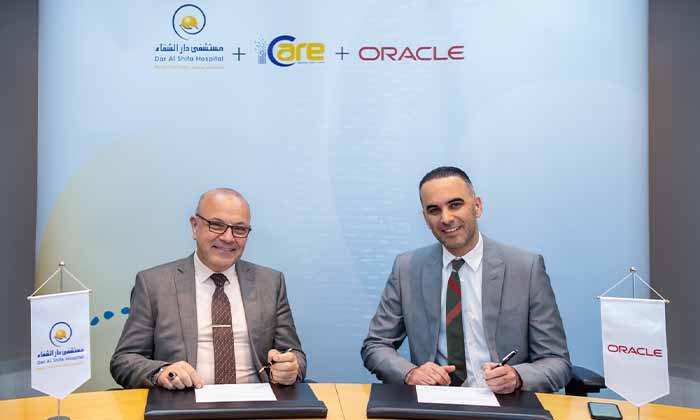At World Space Business Week (WSBW) today, Sceye, a leading U.S. aerospace company specializing in High-Altitude Platform Systems (HAPS), announced the successful closing of its Series C funding round. The round was led by Mawarid Holding Company (“Mawarid”), a prominent Saudi corporation with an established presence in information and communication technology, satellite, and digital solutions.
Sceye strengthened its balance sheet by closing the Series C funding round, which values the Company at a pre-money valuation of $525 million. This provides sufficient liquidity to fund R&D activities, flight programs and launch the initial commercial operations in 2025.
This strategic alliance continues Sceye’s successful partnership strategy, following América Móvil’s involvement as the largest investor in their Series B round with a focus on Latin America.
“The Series C round is a critical milestone for Sceye. These funds will accelerate our platform development and commercial roadmap, paving the way for the commercialization of our HAPS technology in 2025. Our partnership with Mawarid opens new territories and market opportunities for our innovative solutions.” said Mikkel Vestergaard Frandsen, CEO and Founder of Sceye.
Ghassan Itani, Assistant Chairman of Mawarid, added, “This partnership reinforces Mawarid’s commitment to pioneering technology advancements and delivering digital solutions that serve critical industry sectors. By incorporating HAPS technology, we enhance our position as a comprehensive provider of strategic industry solutions.”
This Series C investment announcement follows the success of Sceye’s 2024 flight program, where the company achieved a significant milestone by demonstrating perpetual flight capabilities while staying over an area of operation. The test flight proved that Sceye’s HAPS can operate continuously, with solar energy powering the system during daylight hours and battery storage ensuring overnight flight.
This achievement signifies the advent of a new infrastructure layer between terrestrial and space systems. It highlights the transformative potential of HAPS technology in expanding connectivity access, managing disaster response, monitoring environmental changes, and detecting climate-related disasters in real time.















